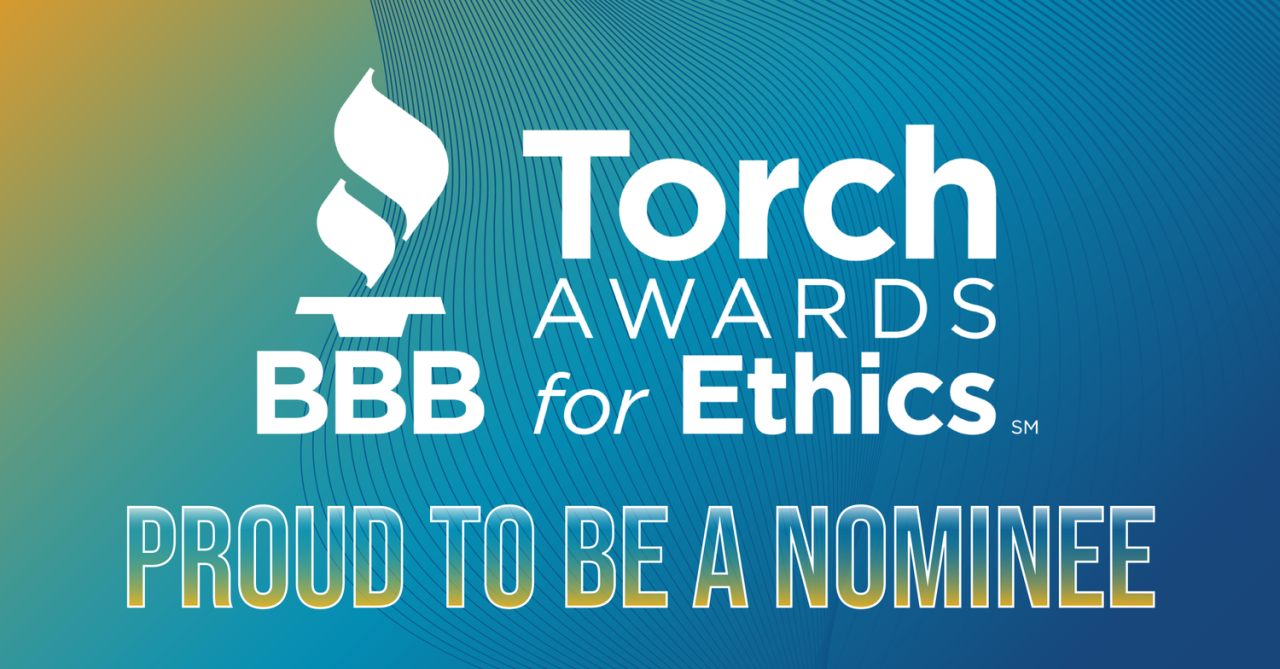Alfred A. Barrios, Ph.D., presented a review in the journal “Psychotherapy: Theory, Research and Practice” and in American Health magazine, where he provided the following recovery rates for different therapies:
- Hypnotherapy: 93% success rate after an average of 6 sessions. Average cost $1,500
- Psychoanalysis: 38% success rate after an average of 600 sessions. Average cost $120,000
- Behavior Therapy: 72% success rate after 22 sessions. Average cost $4,950
This article, “Hypnotherapy: A Reappraisal,” is available on his website in the articles section. These figures suggest that hypnotherapy may be a highly effective and efficient treatment option compared to traditional therapies, according to Barrios’ review.
To better understand the review here is a brief overview of Behavior therapy, Psychoanalysis, and Hypnotherapy
What is Behavioral Therapy?
Behavior therapy is a broad term encompassing a range of techniques and therapies that are used to treat psychological disorders. The fundamental principle of behavior therapy is to identify and help change potentially self-destructive or unhealthy behaviors. It functions on the idea that all behaviors are learned, and unhealthy behaviors can be changed. The focus of treatment is often on current problems and how to change them.
Therapies that fall under the umbrella of behavior therapy include:
- Cognitive Behavioral Therapy (CBT)
- Dialectical Behavior Therapy (DBT)
- Applied Behavior Analysis (ABA)
- Exposure Therapy
- Social Learning Theory
- Systematic Desensitization
- Aversion Therapy
- Rational Emotive Behavior Therapy (REBT)
- Self-Management Training
- Behavior Modification
These therapies are used to treat a wide range of issues, including anxiety, phobias, substance abuse, and eating disorders, among others. They are typically focused on the present and are action-based, often involving patient participation in practical exercises to develop healthier behaviors and thought patterns.
What is Psychoanalysis?
Psychoanalysis is a therapeutic approach founded by Sigmund Freud that aims to explore the unconscious mind’s role in shaping behavior and thoughts. It emphasizes the importance of early childhood experiences, unconscious motivations, and conflicts in determining behavior and psychological issues.
Therapies that are derived from or closely related to psychoanalytic theory include:
- Freudian Psychoanalysis
- Jungian Analysis
- Adlerian Therapy
- Object Relations Therapy
- Self Psychology
- Lacanian Psychoanalysis
- Ego Psychology
These therapies generally involve exploring one’s past, unconscious processes, dreams, and transferences to understand and resolve deep-seated emotional issues and conflicts. They tend to be long-term and are often more intensive than other forms of therapy.
What are the types of Hypnotherapy?
Hypnotherapy is a form of therapy that uses hypnosis, which is a state of focused attention, heightened suggestibility, and deep relaxation, to help individuals explore their minds deeply, which can promote positive changes in thought patterns, behaviors, and psychological states. Let’s discuss the various types of hypnotherapies.
Suggestion Hypnotherapy
Suggestion hypnotherapy, also known as hypnotic suggestion or traditional hypnotherapy, is a type of hypnotherapy that incorporates the use of psychology, positive suggestions, hypnosis, and relaxation to address minor issues or to achieve short-term goals. It is a therapeutic practice where guided hypnosis is used to bring a client into a trance-like state characterized by intense focus and concentration.
In this state of heightened awareness, the individual becomes more receptive to suggestions made by the hypnotist. These suggestions are intended to positively influence the person’s subconscious mind, making it possible to alter thought patterns and behaviors that may be causing difficulties or to enhance certain aspects of the individual’s life.
The process involves the hypnotist delivering suggestions that are designed to be accepted by the client during hypnosis, which can have a desired effect on their thoughts, feelings, or behaviors. It is particularly useful for individuals who want to work on specific thoughts, feelings, or behaviors that are troublesome, as it allows them to focus deeply on these issues and explore potential solutions from within this state of focused concentration.
Analytical Hypnotherapy (or Hypnoanalysis)
Analytical hypnotherapy, also known as hypnoanalysis or analytic hypnosis, is a therapeutic technique that combines principles of hypnotherapy with analytical psychotherapy. The primary goal of this approach is to facilitate subconscious change and provide insight from within by identifying and resolving the root causes of psychological issues.
The process is guided by the doctrine of “cause and effect”; it seeks to uncover the underlying reason for a problem and by addressing this root cause, it aims to alleviate the symptoms associated with the issue. This form of therapy is particularly focused on rediscovering events from the past that are emotionally charged and may be contributing to current challenges the individual is facing.
Hypnoanalysis uses hypnosis to help the patient reach a state where they can access analytic data, free associations, and early emotional reactions that are otherwise not easily reachable in a normal conscious state. This can lead to the treatment of mental and emotional disorders by combining hypnotic techniques with psychoanalytic methods. It is a deep and often intense form of therapy that is designed to resolve problems at their core, rather than just managing symptoms and is used for addressing long-standing and deep-seated issues.
Cognitive Hypnotherapy
Cognitive hypnotherapy (CH) is a form of therapy that combines cognitive and behavioral therapy techniques with hypnosis. This assimilative approach focuses on addressing the unconscious mind and targets unhelpful or unwanted beliefs and thoughts, which are often accepted uncritically by individuals, sometimes without their conscious awareness.
The theory behind cognitive hypnotherapy suggests that many psychological disturbances are caused by a kind of negative self-hypnosis, where negative thoughts and images are reinforced within the mind. By employing clinical hypnosis alongside cognitive behavioral therapy (CBT), cognitive hypnotherapy aims to interrupt these patterns, potentially leading to more effective treatment outcomes. In fact, research has indicated that the integration of CBT with hypnotherapy may result in a 70% greater improvement for patients compared to using CBT alone.
Cognitive hypnotherapy is described as a fluid and flexible approach. It is designed to be collaborative, allowing the therapist and client to work closely together towards a shared goal. Through this process, clients are equipped with the knowledge and skills they need to regain control over their feelings, thoughts, and behaviors. The end goal is for individuals to be able to manage their psychological state more effectively, utilizing the tools and strategies provided by the therapy to handle challenges in their lives.
Ericksonian Hypnotherapy
Ericksonian hypnotherapy is a distinct form of hypnosis that was developed by Dr. Milton Erickson, who is considered a pioneer in the field of hypnotherapy. This style of hypnotherapy is characterized by the use of indirect suggestion, metaphor, and storytelling, as opposed to the direct suggestions commonly used in traditional hypnotherapy.
The approach is psychotherapeutic and utilizes a hypnotic trance to help patients leverage their own mental associations, memories, and life potentials to reach therapeutic goals. It operates on the belief that by using a patient’s own psychological processes within a state of trance, they can find solutions tailored to their individual needs.
Ericksonian hypnotherapy is based on several principles, one of which is the importance of building a rapport with the client. This connection is essential for establishing trust, without which the client may not be receptive to the therapy. Another principle involves accessing the unconscious mind by engaging the conscious mind with something else, often through the subtle and respectful use of body language, stories, and metaphors. This method aims to tap into the subconscious mind’s potential in a way that is personalized to the client’s situation.
This form of hypnosis is modern and subtle, respecting the individuality of the patient and often employing hypnotic techniques that are specially tailored to improve the patient’s condition. The unique and indirect techniques used in Ericksonian hypnotherapy are designed to be less confrontational and more accepting of the patient’s own way of experiencing the world, making it a powerful tool in the realm of psychotherapy.
Solution-Focused Hypnotherapy
Solution-focused hypnotherapy is a modern therapeutic approach that combines elements of psychotherapy with the principles of hypnosis. It is grounded in neuroscience and is built on the premise that individuals have the capacity to find their own solutions to their problems when provided with the appropriate tools and support.
This method emphasizes the client’s ability to solve problems and focuses on building solutions rather than delving into the origins of the problem. It aims to harness an individual’s strengths and resources to foster positive change and is often noted for its short-term effectiveness, with many clients experiencing significant improvements within just a few sessions.
In practice, solution-focused hypnotherapy creates a relaxing state of ‘trance’ through guided relaxation, during which the client’s mind can unwind and concentrate on constructive thoughts and suggestions. This relaxed state enhances the client’s focus on their current circumstances and future aspirations, rather than lingering on past issues or the root causes of their problems.
This approach is collaborative and safe, designed to reduce anxiety, calm the mind, and aid in the improvement of mental health. By focusing on what clients want to achieve and working together, therapists help clients regain control over their feelings, thoughts, and behaviors, equipping them with the skills to manage their psychological state effectively.
Self-Hypnosis
Self-hypnosis is a process or technique whereby an individual induces a hypnotic state in themselves, without the assistance of a therapist or hypnotherapist. This state of focused attention, increased suggestibility, and deep relaxation can be similar to that achieved during a guided hypnotherapy session, but the person performs it independently.
Here are the key points about self-hypnosis:
Self-induced Trance: The person uses specific techniques to relax deeply and enter a trance-like state. This can involve visualization, deep breathing, counting down, or listening to self-hypnosis audio recordings.
Suggestion: While in this state, individuals can deliver suggestions to themselves—similar to those a hypnotherapist might offer in a professional setting. These suggestions can be tailored to personal goals, such as improving confidence, reducing stress, or curbing unwanted habits.
Therapeutic Use: People use self-hypnosis for a variety of therapeutic purposes, including pain management, anxiety reduction, and personal development.
Autonomy and Control: It provides a sense of control over one’s own mind and body since it can be done without external assistance. It’s a skill that can be learned and practiced, providing a way to personally apply the principles of hypnotherapy.
Convenience: Since it doesn’t require an appointment with a professional, it can be done at a person’s convenience, fitting easily into their schedule.
Cost-Effective: It’s a cost-effective alternative to professional hypnotherapy sessions.
It is important to note that self-hypnosis is a skill that may take time and practice to develop. It’s not a replacement for professional medical or psychological help, but it can help with personal growth and well-being.
Dr. Alfred A. Barrios’ meticulous review challenges the status quo of therapeutic interventions, spotlighting the compelling effectiveness of hypnotherapy in contrast to traditional psychoanalytic and behavior therapies. The presented recovery rates, notably the impressive 93% success rate in just six hypnotherapy sessions, prompt a reconsideration of established norms in terms of treatment duration and costs. His article, “Hypnotherapy: A Reappraisal,” serves as a catalyst for a paradigm shift, suggesting that hypnotherapy might be a remarkably efficient and economically viable alternative.
As we explore the various hypnotherapy approaches, from suggestion and analytical to cognitive and self-hypnosis, it becomes evident that this therapeutic modality offers a flexible and potent toolkit for individuals seeking transformative shifts in their thoughts, behaviors, and overall psychological well-being. If hypnosis therapy is something that you would like to try, you should try to find the best hypnotist in Arizona or in your local area.



